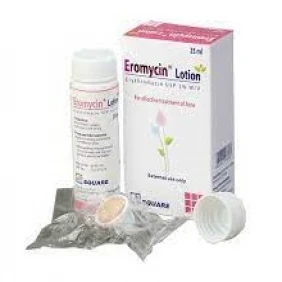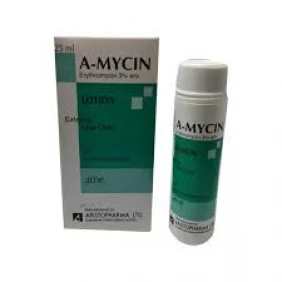Adults: Usually 250 mg every 6 hours, or 500 mg every 12 hours. May increase up to 4 g/day, according to severity of infection. \n
\n \n \n| Infections | \nDosage and Administration | \n
\n \n| Upper respiratory tract infections of mild to moderate severity | \n250 to 500 mg 4 times a day for 10 days | \n
\n \n| Lower respiratory infections of mild to moderate severity | \n250 to 500 mg 4 times a day for 10 days | \n
\n \n| Respiratory tract infections due to Mycoplasma pneumoniae | \n500 mg 6 hours for 5 to 10 days, treat severe infections for up to 3 weeks | \n
\n \n| Skin and soft tissue infections of mild to moderate severity | \n250 to 500 mg 4 times a day for 10 days | \n
\n \n| Pelvic inflammatory diseases (PID), acute due to Neisseria gonorrhoeae | \n500 mg 4 times a day for 10 to 14 days | \n
\n \n| Urogenital infection during pregnancy caused by Chlamydia trachomatis | \n500 mg 4 times daily for 7 days or \n250 mg 4 times daily for 14 days | \n
\n \n| Urethral, endocervical or rectal infections, uncomplicated | \n500 mg 4 times daily for 7 days or \n250 mg 4 times daily for 14 days | \n
\n \n| Non-gonococcal urethritis | \n500 mg 4 times daily for at least 7 days | \n
\n \n| Neisseria gonorrhoeae: Uncomplicated urethral, endocervical or rectal infections and in penicillinase producing N. gonorrhoeae(PPNG) | \n500 mg 4 times a day for 7 days | \n
\n \n| Early syphillis (primary, secondary or latent syphillis of < 1 year duration) | \n500 mg 4 times a day for 14 days | \n
\n \n| Severe or chronic diarrhoea | \n500 mg 4 times a day for 7 days | \n
\n \n| Rheumatic fever | \n250 mg 2 times daily | \n
\n \n| Bacterial endocarditis | \n1 g 2 hours prior to procedures, then 500 mg 6 hours after initial dose | \n
\n \n| Acne | \n500 mg twice daily for 3 months reduced to 250 mg twice for 3 months | \n
\n \n
\nChildren: The usual oral dose is 30-50 mg/kg body weight per day in divided doses. For more severe infections, the dose may be doubled.








